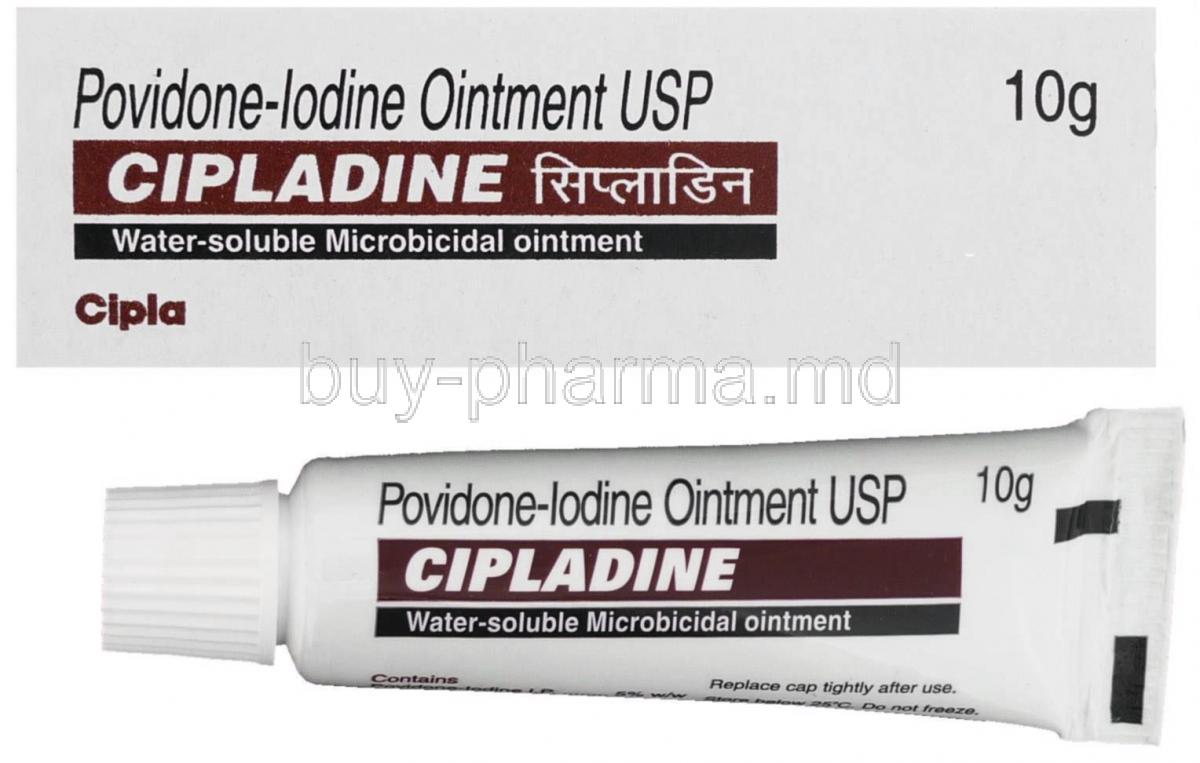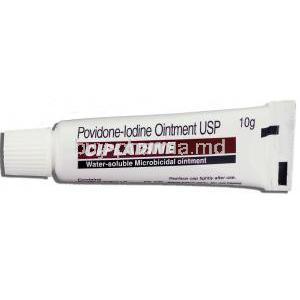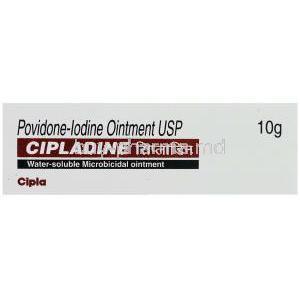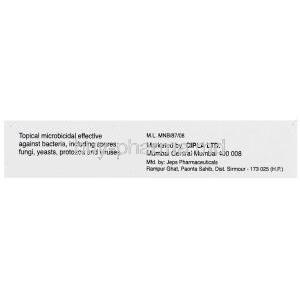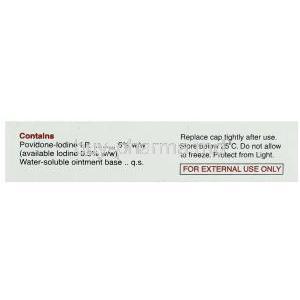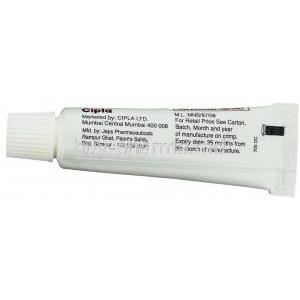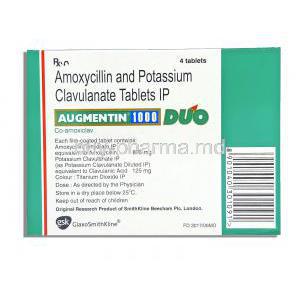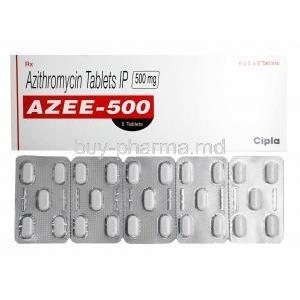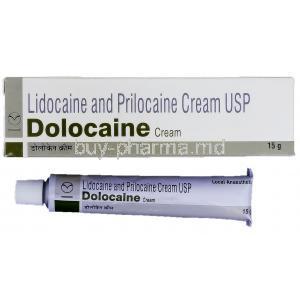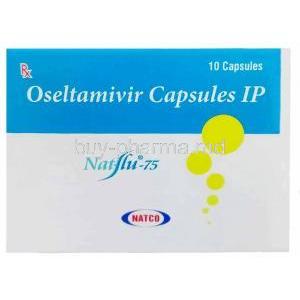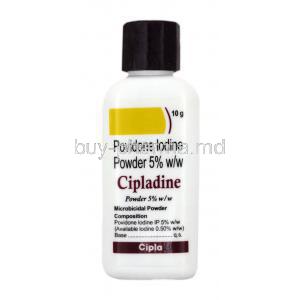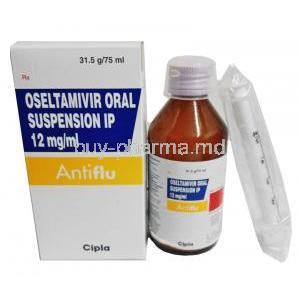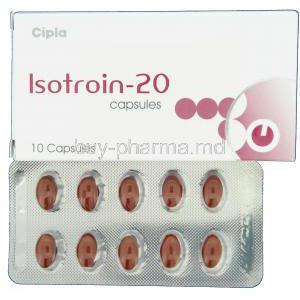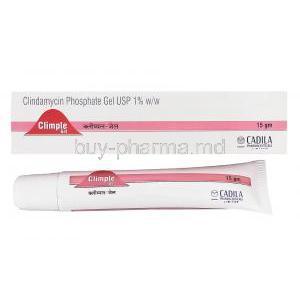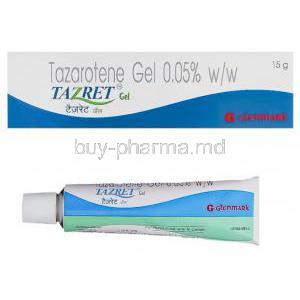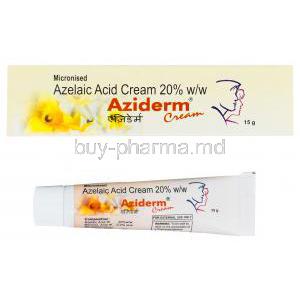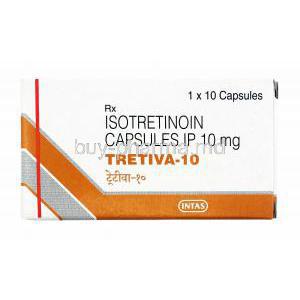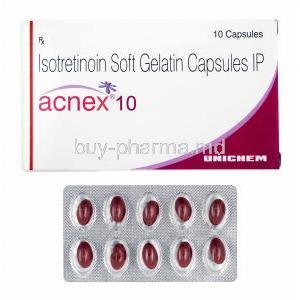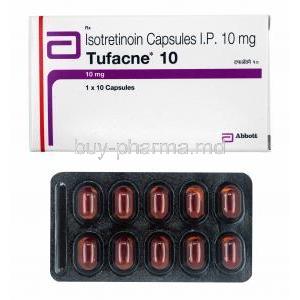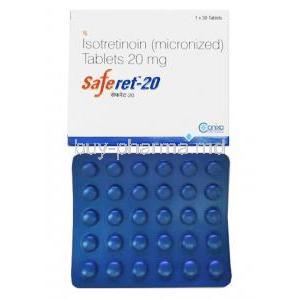Povidone-Iodine Ointment
- I. Introduction
- II. Composition
- III. Povidone iodine uses
- IV. Off-Label Use
- V. How It Works
- VI. Dosage and Administration
- VII. Povidone Iodine side effects
- VIII. Important Precautions
- IX. Contraindications
- X. Careful Administration
- XI. Administration to Special Populations
- XII. Interactions
- XIII. Storage
- XIV. Handling Precautions
- XV. Overdosage
- XVI. Warnings
I. Introduction
Overview of Povidone-Iodine Ointment
Povidone iodine cream, commonly used for its properties is effective against a wide range of germs. This cream containing an iodine based compound plays a crucial role in preventing infections in wounds ranging from minor cuts, to serious injuries.
Historical Development and Approval
The creation of povidone-iodine became an advancement in the 1950s, leading to its widespread acceptance in clinical settings because of its effective antimicrobial properties that cover a wide range. Approvals from health organizations have further established its importance, in both medical facilities and personal health care routines.
II. Composition
Key Ingredients and Their Functions
- Povidone Iodine functions as a substance that kills microbes by interfering with their protein production.
- This water-soluble foundation allows for application and removal, making it easier for patients to follow through with treatment.
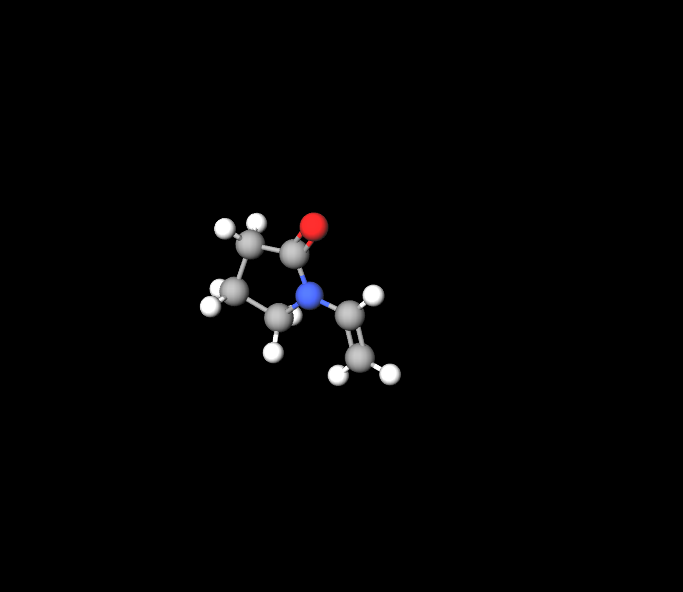
Forms and Variations of the Ointment
Among the options the ointment is commonly used, but povidone iodine can also be found in solutions, sprays and dressings that are designed for specific medical situations.
Povidone iodine vs iodine
Povidone iodine has a sustained antiseptic impact compared to iodine tincture because it is absorbed slowly through soft tissue, making it preferable for extended surgical procedures.
Lugol's iodine vs Povidone iodine
Povidone iodine solutions have stability compared to iodine tincture and Lugols solution. The complex with 2% iodine in aqueous solutions showed no changes after being stored at room temperature for a year.
III. Povidone iodine uses
What is povidone iodine used for
Application in Surgical Procedures and Wound Care
Povidone-iodine on open wounds
Povidone iodine is an antiseptic that supports wound healing without causing any hindrance. It has the ability to eliminate bacteria both Gram Gram negative. There have been no cases of bacteria developing resistance to iodine or showing cross resistance. Povidone iodine contributes to the recovery process of types of wounds whether acute or chronic.
IV. Off-Label Use
Exploration of Non-Standard Applications
Case Studies and Research Findings
Recent research highlights the usefulness of this substance in treating foot sores and as a mouthwash, with antiseptic properties indicating its wider range of healing possibilities.
V. How It Works
Mechanism of Action at the Microbial Level
The main component in the iodine seeps into the walls of microbial cells, causing changes in their structures and metabolic processes, ultimately resulting in swift cell demise.

Interaction with Tissues and Cells
It is absorbed by harmful cells, reducing harm to healthy tissues and effectively removing infectious agents.
VI. Dosage and Administration
Recommended Dosage for Different Conditions
The amount of medication needed can differ depending on how severe the infection is and where it is located. Usually, based on the doctor's assessment, it ranges from applying a layer to using a more generous amount.
Methods of Application
- Topical application is done directly.
- Embedding within dressing materials.
Duration of Treatment Guidelines
The length of treatment should be adjusted based on how the person is responding to therapy, as most recommendations suggest continuing until the infection risk has decreased.
Povidone-iodine for dogs
Povidone iodine for dogs paws
It's naturally antifungal, antiviral, gentle, safe, and not harsh. It works as a disinfectant for your pet's paws. You can let your dog walk through the tub a few times or stand them in it for around 30 seconds.
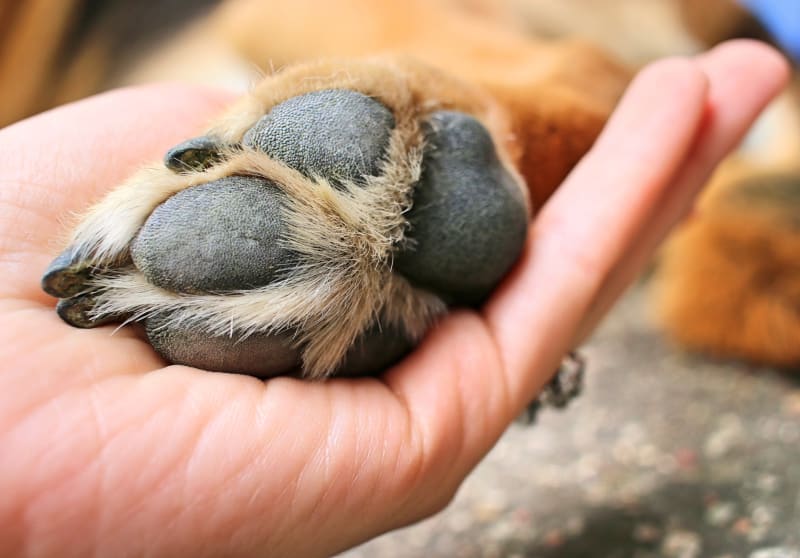
VII. Povidone Iodine side effects
Overview of Common and Rare Side Effects
Users often encounter skin irritation or temporary discoloration of the skin and clothing. In some cases, more serious reactions, like dermatitis or allergic responses, may be noticed.
Managing Side Effects and Symptoms
To effectively manage the situation, it's important to stop treatment if there are signs of hypersensitivity reactions and seek advice from healthcare providers for possible treatment options.
VIII. Important Precautions
Specific Populations and Risk Factors
When using povidone-iodine ointment on people with thyroid or kidney issues, it's important to be cautious, as too much iodine absorption could worsen their conditions. Also, individuals allergic to iodine should seek treatment options.
Environmental and Dietary Considerations
Changes in the environment like increased humidity and heat can affect how povidone iodine works. It's important for individuals to keep an eye on their iodine intake, from food as it could influence how well the treatment works.
IX. Contraindications
Absolute Contraindications for Use
- If you have an allergy to iodine or any other ingredients, in the ointment please avoid using it.
- Also, refrain from using the ointment if you have thyroid issues unless advised by a healthcare professional.
Povidone iodine allergy
Allergic reactions to povidone iodine are quite uncommon though there have been documented cases. Some studies have mentioned skin testing using a solution (25mg/ml) but the accuracy of positive and negative results, from such tests remains uncertain as noted by Gray.
Relative Contraindications and Cautions
Patients with kidney problems or those undergoing imaging tests with iodine contrast, should avoid using this medication as it could lead to side effects or affect the accuracy of test results.
X. Careful Administration
Special Instructions for Sensitive Areas
When using povidone-iodine on areas like the face or genital region, it's crucial to be careful and avoid touching mucous membranes and eyes as it can cause significant irritation.
How to use povidone iodine
Povidone iodine topical is typically used on the skin when necessary. Start by cleaning the area that needs treatment. Give the povidone-iodine spray a good shake before each application. Let the medicine dry thoroughly on your skin before putting on a bandage.
Tips for Avoiding Contamination
- Please remember to put the cap on right after using the ointment to keep it clean.
- When applying the ointment to a wound or surgical area, make sure to use applicators.
Does povidone iodine sting?
Povidone iodine, also known as PVP, is an antimicrobial treatment for various vaginal infections. PVP, which consists of iodine absorbed into polyvinylpyrrolidone offers benefits compared to plain iodine. It has minimal potential for causing sensitization, does not cause a stinging sensation, is soluble in water, and can easily be washed out of clothing.
Is povidone iodine the same as betadine
Iodine, a type of halogen element is commonly utilized in the field as an antiseptic. Betadine, known as povidone iodine combines iodine with polyvinylpyrrolidone. Serves as another antiseptic option.
XI. Administration to Special Populations
Administration to the Elderly: Safety and Efficacy
Elderly individuals might experience heightened sensitivity to povidone-iodine. It may be advisable to consider using milder concentrations or different antiseptics to minimize the risk of side effects such, as dryness or skin irritation.
Administration to Pregnant Women and Nursing Mothers: Concerns and Recommendations
During pregnancy and breastfeeding, it is recommended to seek advice before using iodine topically to prevent any potential harm to the thyroid function of the fetus or newborn.
Administration to Children: Dosage Adjustments and Safety Measures
Kids' skin is more absorbent. It's important to be careful and maybe adjust the dose to avoid it getting into their system and affecting their thyroid function.
XII. Interactions
Drug-Drug Interactions and Impacts
Certain topical and systemic medications, like those, with mercury can potentially cause toxicity. Reduce the effectiveness of the ointment when combined with Povidone iodine.
Drug-Food and Drug-Condition Interactions
It's important to be cautious when a person consumes iodine through their diet or supplements, as this could impact their overall iodine levels and possibly cause thyroid issues.
Dilute povidone-iodine
Make sure to pay attention to these instructions, as using Povidone Iodine, also known as betadine, can be too harsh and cause irritation. To dilute the 10% Povidone Iodine to a 1% strength, mix 10ml (2 tsp) of the 10% solution with 100ml of water.
XIII. Storage
Ideal Storage Conditions
Store povidone iodine ointment at room temperature in a shaded place to keep it effective and make it last longer. Ensure the storage area is well-aired and out of reach of children to prevent consumption.
Shelf Life and Disposal of Expired Ointment
Povidone iodine ointment usually remains effective for up to three years after it is manufactured. When the ointment expires, it needs to be discarded to prevent any harm to the environment. It is important to adhere to disposal guidelines, which often recommend taking the expired ointment to a designated hazardous waste collection facility.
Does Povidone iodine expire?
Yes Betadine, which contains povidone iodine does have an expiration date. Using expired Betadine may not be as effective potentially increasing the risk of developing a skin infection after applying it to the affected area.
XIV. Handling Precautions
Safe Handling Practices
- Remember to wear gloves while applying the ointment to protect your skin and prevent any staining.
- Also make sure to avoid breathing in any fumes in enclosed areas as long term exposure can irritate your respiratory system.
Accident and Spill Procedures
In case of a spill, it's important to air out the space and promptly clean up the spill with water and a mild cleaning solution to avoid stains and minimize slipping risks. Dispose of any contaminated materials following the guidelines set by environmental regulations.
XV. Overdosage
Signs and Symptoms of Overdose
Excessive exposure to povidone-iodine can lead to issues like metabolic acidosis, kidney problems, and disruptions in electrolyte levels. Symptoms may manifest as skin irritation, mental fog, and digestive discomfort.

Immediate Actions and Antidote Information
If someone is believed to have taken much of a substance it's crucial to seek medical help right away. The usual course of action includes stopping exposure, managing symptoms and in severe instances giving a thiosulfate solution, as an antidote to combat the harmful effects of excess iodine.
XVI. Warnings
Regulatory Warnings and Recent Updates
In light of regulatory changes, there has been a particular emphasis on the proper and safe application of povidone-iodine among sensitive groups. It is crucial to note the advice regarding its usage in individuals with thyroid issues, emphasizing the necessity of consulting medical professionals beforehand. Healthcare practitioners are encouraged to keep themselves informed about these developments to uphold adherence to safety protocols.
Legal and Ethical Considerations in Use
Legally when using povidone iodine it is important to adhere to the regulations, to each country regarding its sale and distribution. Ethically healthcare providers must make sure that patients are well informed about both the advantages and potential risks of its usage upholding a level of care.

